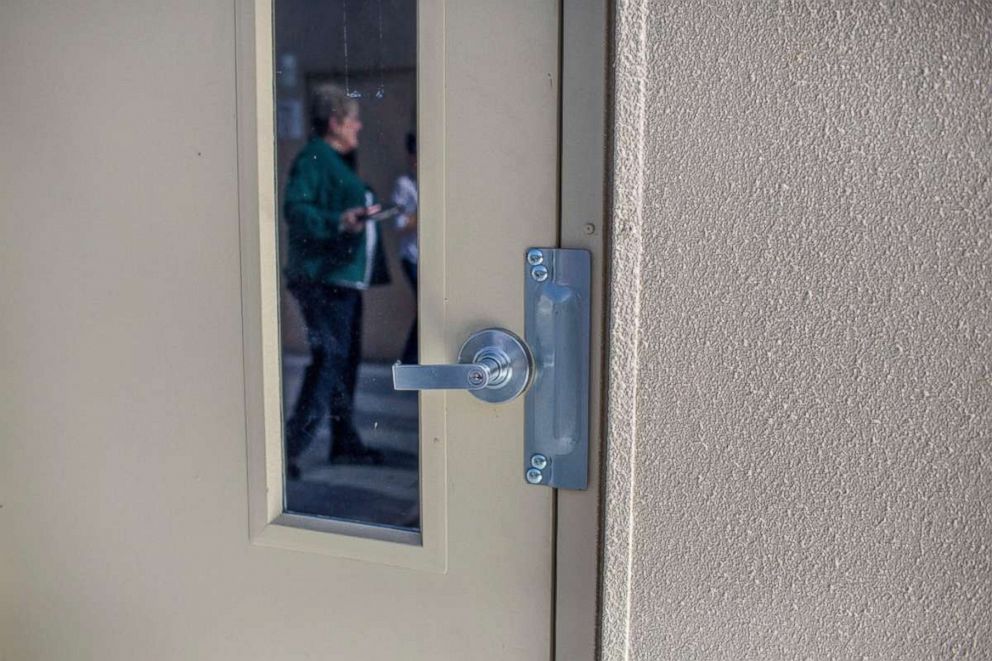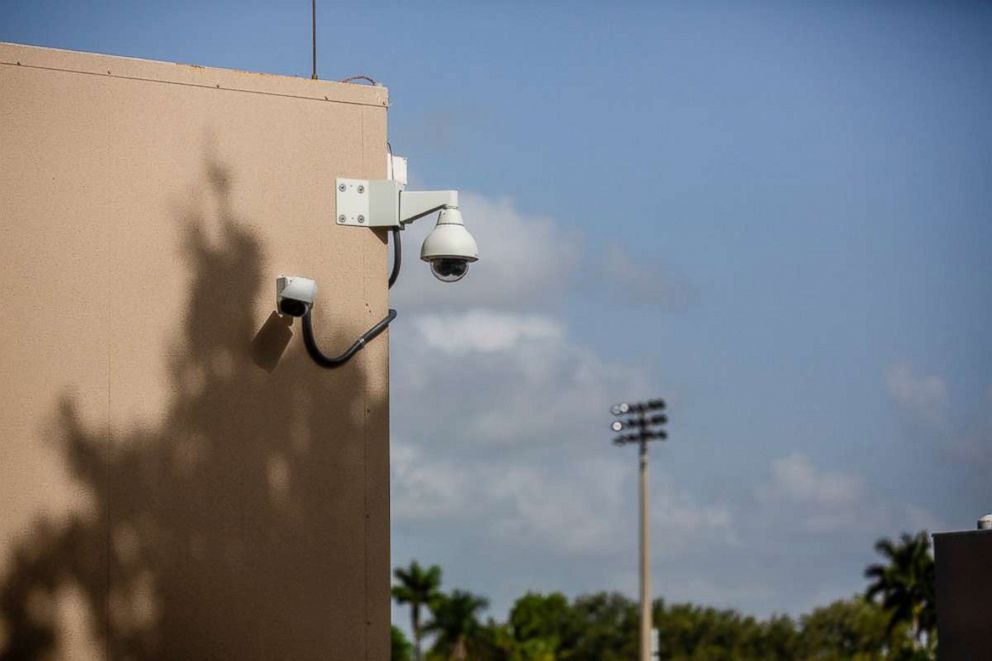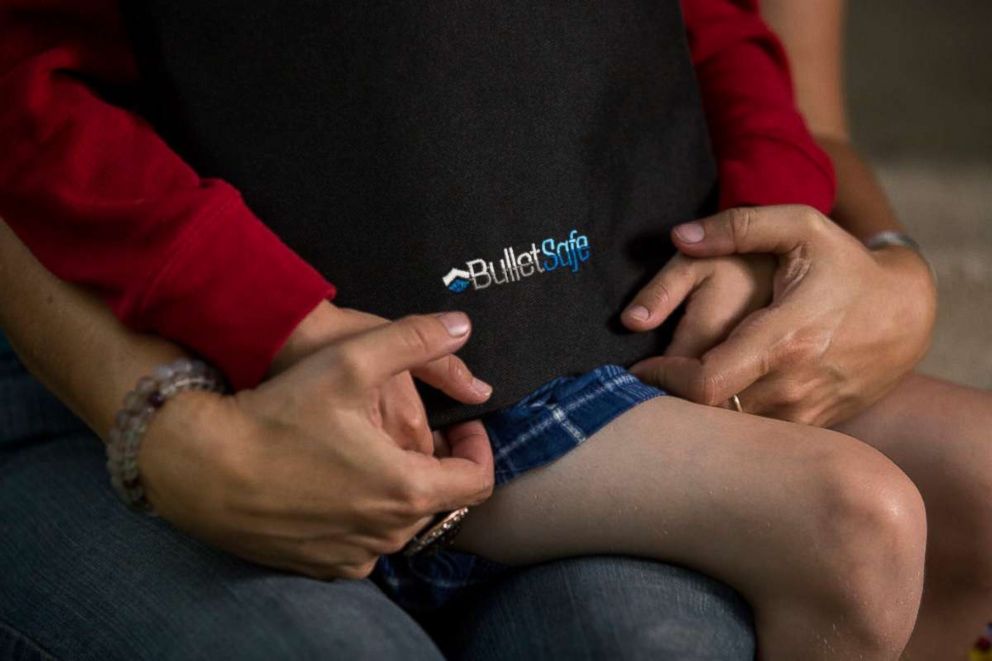How mass shootings skew back-to-school safety measures toward less-effective solutions
Parents, schools take a proactive approach but emphasize hardware, experts say.
Steve Gomez spent more than two decades working at the FBI, dealing with highly charged security threats and active-shooter situations.
But the retired agent became so concerned about his own daughter after last year’s deadly school shooting in Parkland, Florida, that he decided to join her school’s safety committee.
That’s just one example of how parents have responded to recent school shootings in a proactive way as the new school year approaches.
Another response is evident in the annual school supply shopping trip, with the president of a company that makes bulletproof backpacks reporting that sales have spiked this summer.

Yasir Sheikh, the president of Guard Dog Security, said the Florida company’s bulletproof backpacks, which range in price from roughly $130 to $190, are now sold by retailers like Office Max, which he says has helped contribute to “a heightened sense of awareness” of the product.
While the company regularly sees a spike “after national events like mass shootings and school shootings,” Sheikh said, he thinks this summer’s increase shows “this is now becoming more of a proactive measure rather than a reactionary measure.”
For some in the school safety community, the sale of backpacks and other items designed as defensive tools is evidence that parents and school administrators are focusing on tangible solutions rather than less visible but possibly more effective measures such as threat assessment teams.

Ken Trump, a school safety expert, has noticed “a skewed focus on target hardening and physical security measures,” like limiting the number of entrances and exits to a school, or talk of installing bulletproof windows.
“People are looking for a sort of one-stop quick fix,” Trump, who’s not related to the president, told ABC News. “They’re looking for things that have the ‘wow’ but not the ‘how’ part of it. How would [those added measures] really work?”
He pointed to the installation of more metal detectors in schools, which he said would only be truly effective if they are kept on at all times to prevent students from sneaking weapons into their lockers overnight, for instance.
Parents and administrators “want some physical sign there’s more security there,” he said.

Threat assessment teams, training and drills at different times of the school day, and a stronger student reporting system – so they feel comfortable coming forward to warn of other students who have made threats or boasted of having weapons – are some of the steps that Trump said are more effective.
“It’s easy to put up visible, tangible things that create the appearance of safer schools, but many of the best school safety measures are invisible,” he said. “They’re not something school officials can easily point to.”
The federal government is also pursuing some changes that could help train students for any number of traumatic event, including but not limited to shootings.
The Department of Homeland Security has an open grant offering up to $1.8 million for student trauma training, which John Verrico, a spokesman for the DHS' Science and Technology Directorate, said will focus on training high school students basic first aid that would apply in "any sort of disaster," including natural disasters and mass shootings.
"We're looking to be able to have students trained in case of an emergency so that they can help each other," Verrico told ABC News.
As for Gomez, now an ABC News contributor who works as a security consultant, he cited a combination of factors that helped him feel more at ease with his daughter’s school’s security plan.
Since joining the safety committee at the public high school in Los Angeles County where his daughter is entering her sophomore year, he has attended meetings and weighed in on the school’s plan and some of their changes, which included stopping parents from being able to drop off lunch for their kids in an effort to limit the number of people coming in and out of the building.
He has also had a chance to meet with the school’s security official.
“I discussed with him about how he does his job and, in my view,” Gomez said, “he’s on the ball.”
That said, one of the most important steps that Gomez took in the wake of some of last year’s deadly school shootings, he said, was trying to make it clear to his daughter how such tragedies can happen anywhere.
“She was kind of in disbelief that these kinds of things were happening at Parkland [Florida] and at Santa Fe [Texas] and she didn’t think somebody at her school would do that,” he explained, “and I said to her, ‘That’s what all the kids at Parkland and Santa Fe thought.’”




